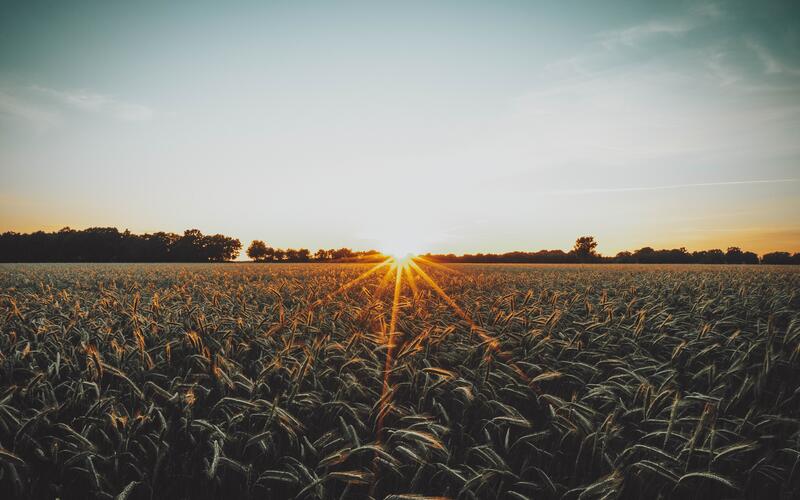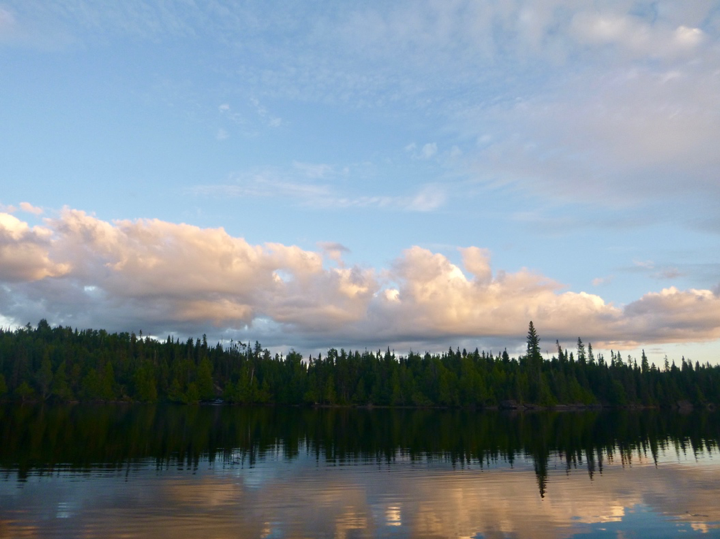Imagining the future of food with ancient answers

Imagining the future of food with ancient answers
Working with diverse, ancient seeds offers an interesting answer to building climate resilient food systems.
McAlvay, Alex C., Anna DiPaola, A. Catherine D’Andrea, Morgan L. Ruelle, Marine Mosulishvili, Paul Halstead, and Alison G. Power. “Cereal species mixtures: an ancient practice with potential for climate resilience. A review.” Agronomy for Sustainable Development 42, no. 5 (2022): 100.
Consider the seed. Small and seemingly inconsequential, perhaps even forgotten, entities of daily life. Seeds become plants that make up the cotton of our clothes, nourishing meals, or the wood of one’s own home. In many ways, seeds are blurred from daily life, lest one be a farmer. The following researchers have illuminated how seeds have become an answer to a more resilient future.
The emergence of industrial farming has made “monoculture” farming techniques more prevalent and decreased diversity in our farming systems. Monoculture uses a single crop in agricultural cultivation. Accolades of monoculture include scaled food production to feed large populations and uniform food products. However, reliance on monoculture threatens global food security. Changes in temperature and precipitation, increases in natural disaster events, and heightened risk of disease render one-crop fields, and our broader food systems, vulnerable.
A study led by McAlvay et. al and published in Agronomy for Sustainable Development focuses on traditional, climate-resilient farming techniques through two case studies in Ethiopia and provides an ethnohistorical review of other smallholder farms in Africa and Eurasia. Today, these smallholder farmers use specific polyculture agriculture techniques, growing fields with different species of the same botanical family. Specifically, growing fields of “maslins,” or diverse mixtures of cereal species, such as wheat, barley, rye, and oats.
For over 3,000 years, since the Bronze Age, farmers all over the globe have cultivated polyculture fields of maslins, from Eurasia to Africa to North America. Several studies show that, grown together, some maslins require lower irrigation and pesticide inputs. Many farmers in Europe, Asia, Africa, and North America have stopped using maslins, likely due to the popularization of agricultural industrialization, which muted the natural benefits of maslins with the promise of new, profitable monoculture systems. Even so, the cultivation of maslins persists, as smallholder farmers recognize the value of polyculture agriculture.
In Amhara, Ethiopia, the researchers encountered 30 farming families in 28 villages that incorporate growing maslins into their farming practice. Through interviews with farmers, the authors of the study observed wheat and barley grown together in the same field, as well as eaten together on the same plate. Interviewees, particularly women, reported that meals of important cultural heritage were also medleys of the cereal maslins, including injera pancakes, tella beer, and kollo snacks. Growing diverse, polyculture fields goes beyond cultural value; it also offers climate resiliency benefits.
In another field site—Tigray, Ethiopia—farmers reported the benefits of growing polyculture fields. The fields could resist drought. The mixtures could prevent a wheat pathogen called “smut” from growing. Interestingly, the mixed crop created more favorable baking qualities and colors for their flours. Growing wheat and barley species together is also called intercropping. Farmers cited yield resilience as a primary benefit in preventing damages from droughts, natural disasters, and other environmental risks.
According to a 2022 report from the Intergovernmental Panel on Climate Change, climate scientists suggest an increase in droughts, weeds, pathogens, and pests. The demand for food security is increasingly important. Maslins, unlike single cropping systems, can be more adaptable to these pressures. Supporting existing local traditional farmers practicing polyculture can increase the possibility of enhancing global climate resilience. We look to the maslin mixture fields, who teach us to work in tandem with one another to be stronger together.




